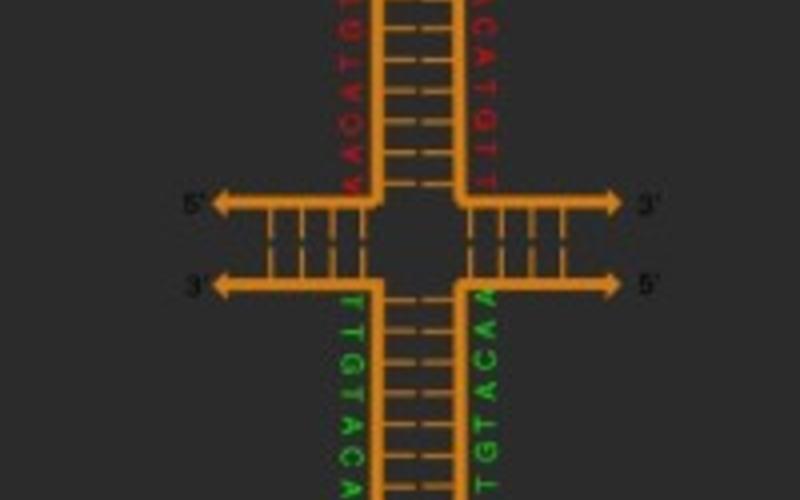June 25, 2015

Supercomputers have helped scientists find a surprising link between cross-shaped (or cruciform) pieces of DNA and human cancer, according to a study at The University of Texas at Austin (UT Austin).
DNA naturally folds itself into cross-shaped structures called cruciforms that jut out along the sprawling length of its double helix. DNA cruciforms are abundant; scientists estimate as many as 500,000 cruciform-forming sequences may exist on average in a normal human genome. Over 80 percent of DNA cruciforms are considered small, i.e., under 100 base pairs of DNA. Small cruciforms enable DNA replication and gene expression, essential for human life. But scientists have also suspected these small cruciforms — a structure of DNA itself — to be linked to mutations that can elevate cancer risk.
The Vasquez Lab members, including: Karen Vasquez, James T. Delucio Regents Professor, Division of Pharmacology and Toxicology, University of Texas at Austin; and Albino Bacolla, Research Associate, University of Texas at Austin. DNA cruciforms are created by short inverted repeats of the nucleotides Adenine-Thymine-Cytosine-Guanine that form the bases of DNA structure. Inverted repeats are DNA nucleotide sequences followed by their reverse compliment. They’re like a palindrome, a word phrase that reads the same backwards and forwards, such as “Never a foot too far, even.”